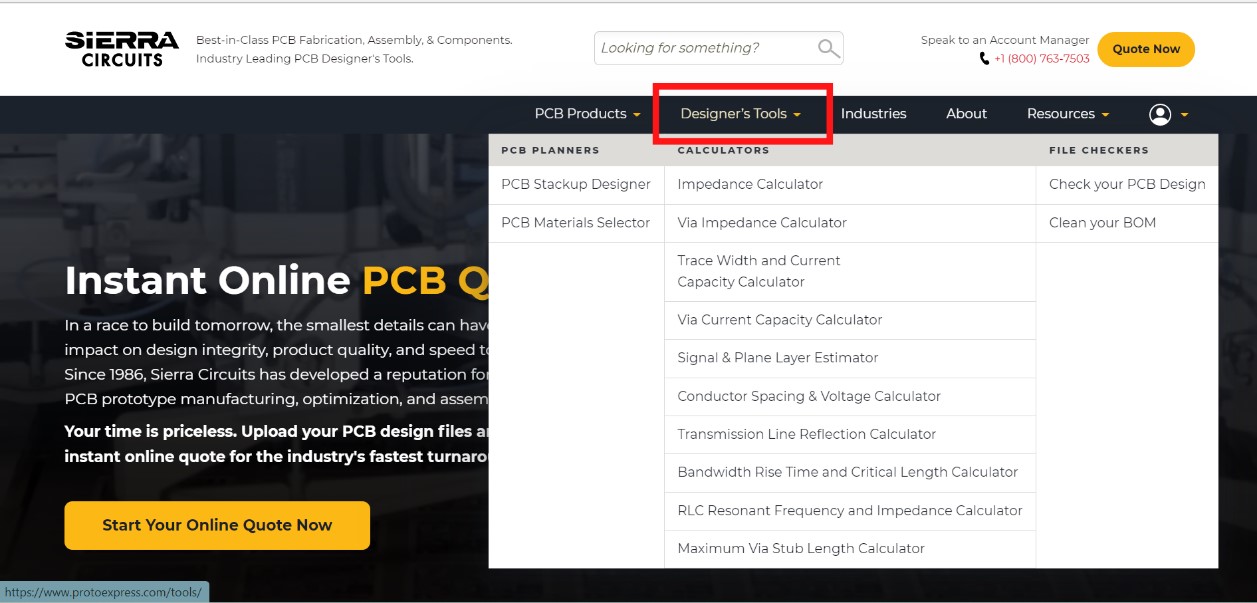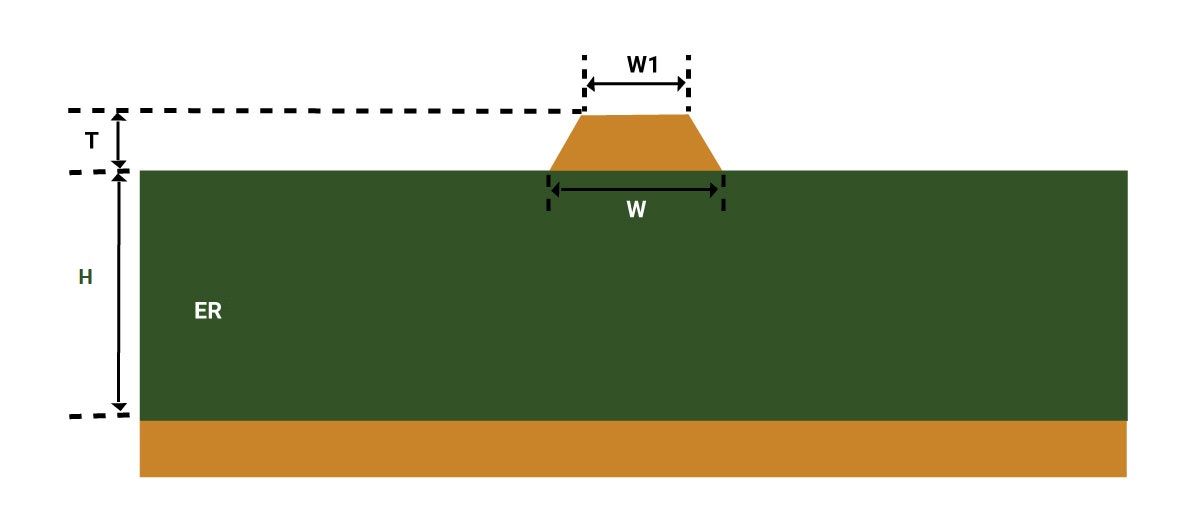How can we help you?
You can also browse the topics below to find what you're looking for.
PCB Tools & Resources
Standard PCB Fab
Advanced PCB Fab
Customer Support
PCB Services

Reduce Re-Spins with our Zero Defect Guarantee.
Our platform sources the whole package, creating a thread from design to delivery. Fabricating PCBs. Procuring parts. Assembling your boards.
Once you upload your BOM, Our best-in-class software automatically checks for errors and cleans your file for you. After you place an order, your dedicated CAM engineer will run a full DFM and DFA check to ensure your prototype achieves Zero Defect every time—all at no additional cost to you.
Get to market faster and spend less time troubleshooting.
Find in-depth answers to FAQ using the topics below.
PCB Tools & Resources
Standard PCB Fab
Advanced PCB Fab
Customer Support
Fabrication, Procurement, & Assembly. PCBs fully assembled in as fast as 5 days.
- Bundled together in an entirely-online process
- Reviewed and tested by Engineers
- DFA & DFM Checks on every order
- Shipped from Silicon Valley in as fast as 5 days
Fabrication. Procurement & Assembly optional. Flexible and transparent for advanced creators.
- Rigid PCBs, built to IPC-6012 Class 2 Specs
- 2 mil (0.002″) trace / space
- DFM Checks on every order
- 24-hour turn-times available
Complex technology, with a dedicated CAM Engineer. Stack-up assistance included.
- Complex PCB requirements
- Mil-Spec & Class 3 with HDI Features
- Blind & Buried Vias
- Flex & Rigid-Flex boards





